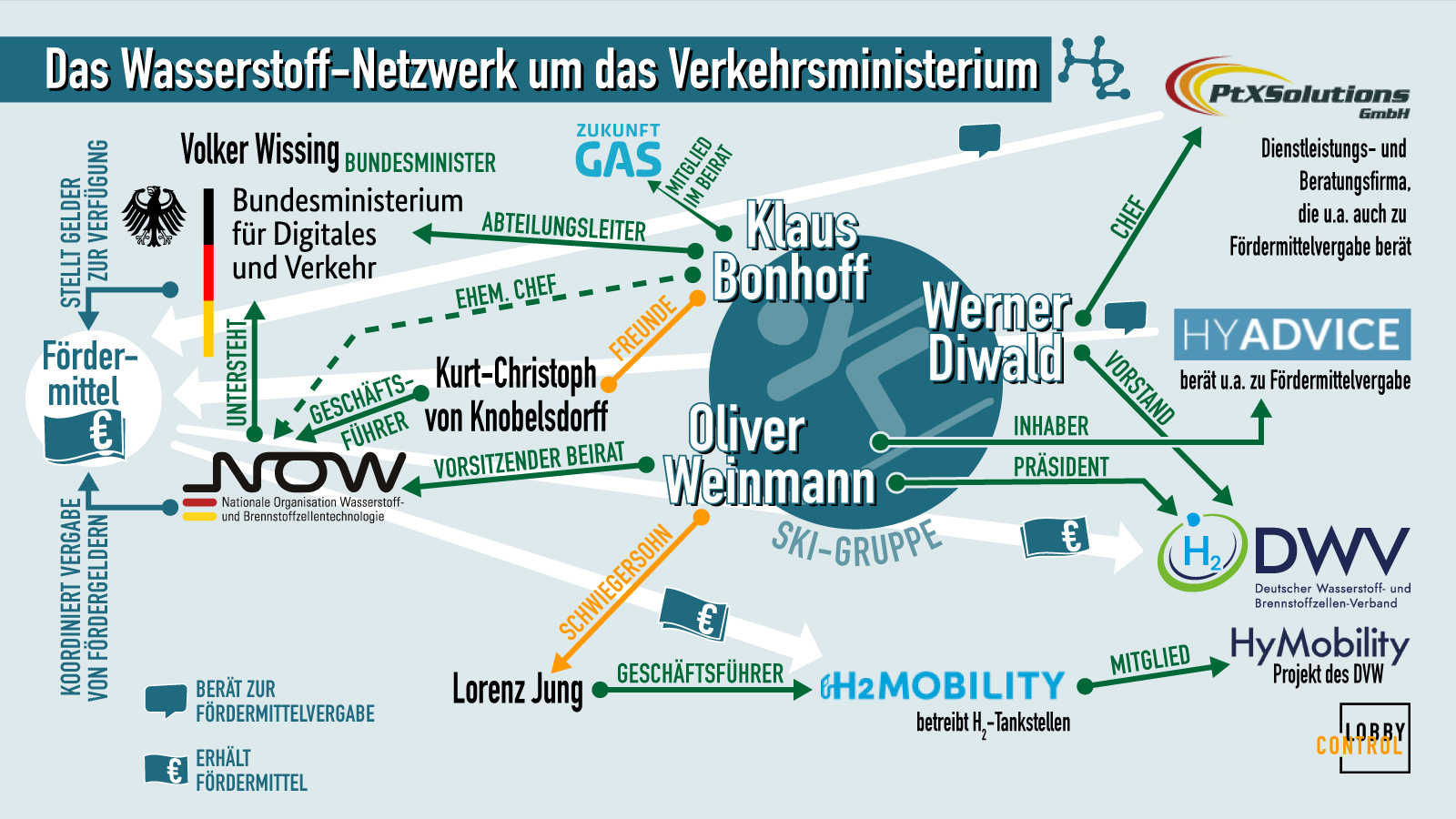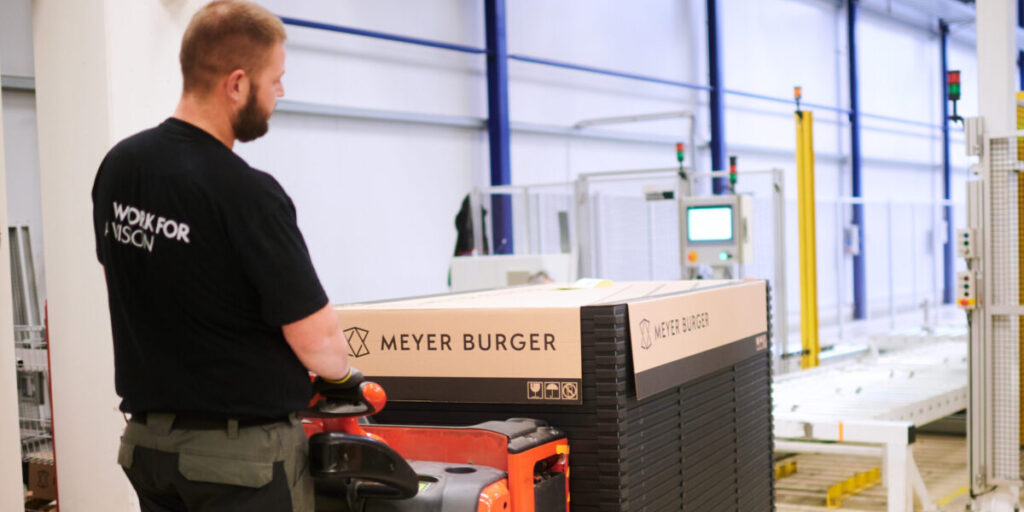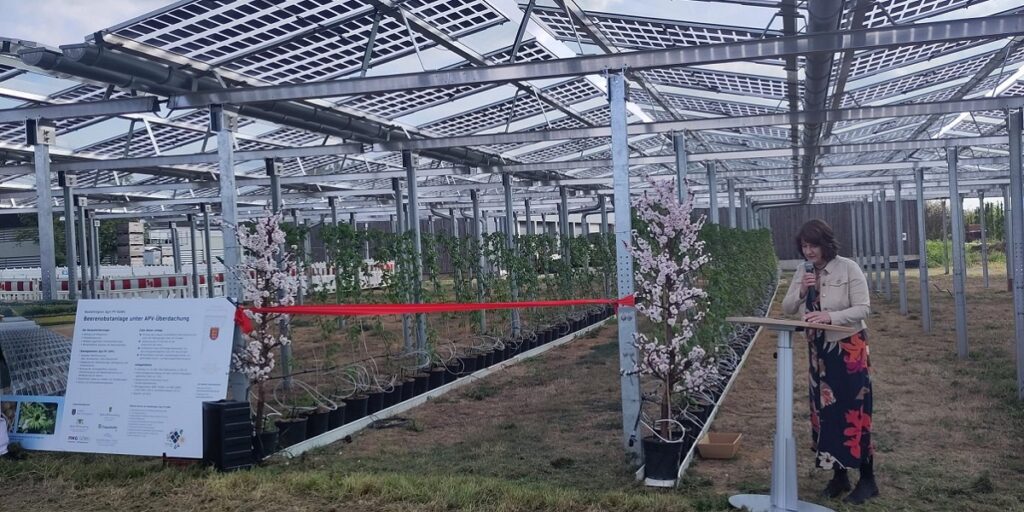In the previous post on checking bypass diodes in solar panels, I described in detail which faults could occur at the bypass diodes and how to detect missing diodes. Another problem that could arise, especially after instances of overvoltage, is a short circuit via the bypass diodes. This post focuses on this fault and the […]
Read articleChecking bypass diodes on solar panels: Part 1
Almost all solar panels include integrated bypass diodes. Crystalline panels generally have three of them, which are located in the junction box and can each bypass a third of the panel when necessary. The diodes’ main task is to protect the solar cells from overheating when partial shading occurs. When combined with the right inverter, […]
Read articleWhy would the open-circuit voltage in a solar panel string be too low?
When you measure the open-circuit voltage for all of a system’s panel strings, you should always do so with two measuring devices and compare each string to a reference string. If the difference in voltage is more than seven or eight volts, there is usually a fault somewhere, as I’ve discussed in detail in a […]
Read articleMethods for detecting PID
In my last post, I mentioned the PID effect, which significantly decreases photovoltaic arrays’ performance. Now, I want to show how PID can be diagnosed using a few different analysis methods. As discussed in my last post on this topic, outdoor electroluminescence analysis is the best way to detect the PID effect. This method lets […]
Read articlePotential-induced degradation (PID) of photovoltaic panels
Potential induced degradation affects many solar power arrays by reducing panel performance more and more over time. Although some types of PID are reversible, others are not, and those are therefore a permanent problem for the affected modules. This article describes the causes of PID, how to detect it, and how to prevent it. All […]
Read articleOutdoor electroluminescence and reverse current thermography
The VDE 0126-23 Standard now specifies a commissioning test procedure for solar systems. Measurement of the no-load voltage, short-circuit current and insulation resistance. There is now a measuring device, the Benning PV-1, which can carry out all of these measurements in a single pass. The measured values are recorded and the documentation supplied to the […]
Read articlepvServe – a service power supply for the photovoltaics industry
The first reverse current testing of solar modules took place some years ago during IEC tests on solar modules. It requires a voltage greater than the module’s no-load voltage to be applied to the module’s terminals. The module then behaves like a circuit with 60 or 72 diodes in series (depending on how many cells […]
Read article















